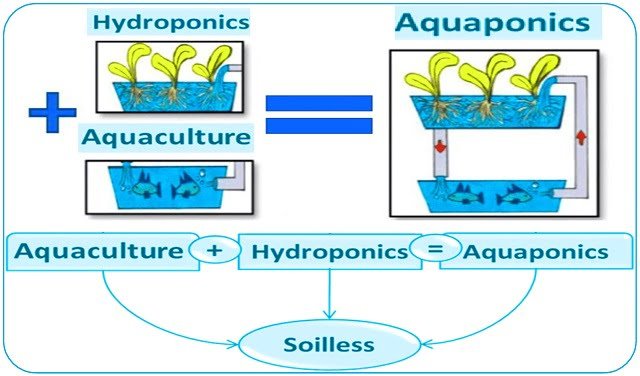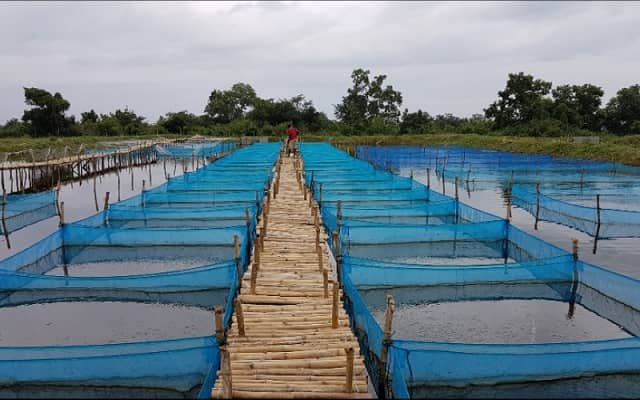EUMOFA is pleased to announce the publication of a new study: “Fishmeal and fish oil: production and trade flows in the EU”.
This study provides an overview of the fishmeal and fish oil sectors within the EU, and further afield. It additionally provides information on the source of fishmeal and fish oil, detailed by species.
Fishmeal and fish oil are primarily defined as “non-food products”. Fishmeal is a product obtained by cooking, pressing, drying, and grinding fresh raw fish such as anchovy, sprat, herring or shellfish, while fish oils are produced whenever fish with a high fat content is processed into meal.
In 2018, global fishmeal production reached 5,8 million tonnes, a 20% increase from 2017. In the same year, fish oil production was nearly 1,3 million tonnes, the highest recorded level over the past 20 years. The world’s largest producer of both products is Peru, contributing on average around 20% of both global fishmeal and fish oil production. In Europe in 2019, Norway and Denmark jointly produced 390.000 tonnes of fishmeal and 120.000 tonnes of fish oil. Each year the EU contributes around 10-15% of the global production of fishmeal and fish oil. However, the EU contributions do not fulfil its own demand, and any excess demand is met by imports.
Given that fishmeal and fish oil are natural products, the availability of these global commodities is susceptible to the cascading effects of unforeseen circumstances. That is to say that the year-to-year market dynamics and price of these products within the EU can be affected by factors from outside the EU. For example, periodic El Niño climatic events which affect the Peruvian anchoveta fisheries, the world’s largest single-species fishery in volume, would be likely to affect the market dynamics of fishmeal and fish oil in the EU.
The study consists of five sections that cover fishmeal and fish oil with regard to their use within a global context, market use (by sector), EU landings, EU production, and annual import/export trends (including trade balances, markets, and prices). The study also explores the quantity of landings destined for the non-food human consumption of fishmeal and fish oil products, the effects, and how landings vary depending on the level of quotas and catches. A short highlight on the trade flows of other non-food use products besides fishmeal and fish oil is also provided.
Reference (open access):
EUMOFA. 2021. Fishmeal and fish oil: Production and trade flows in the EU. 31 p .
Stay Always Informed
Join our communities to instantly receive the most important news, reports, and analysis from the aquaculture industry.
Source: EUMOFA
Editor at the digital magazine AquaHoy. He holds a degree in Aquaculture Biology from the National University of Santa (UNS) and a Master’s degree in Science and Innovation Management from the Polytechnic University of Valencia, with postgraduate diplomas in Business Innovation and Innovation Management. He possesses extensive experience in the aquaculture and fisheries sector, having led the Fisheries Innovation Unit of the National Program for Innovation in Fisheries and Aquaculture (PNIPA). He has served as a senior consultant in technology watch, an innovation project formulator and advisor, and a lecturer at UNS. He is a member of the Peruvian College of Biologists and was recognized by the World Aquaculture Society (WAS) in 2016 for his contribution to aquaculture.




